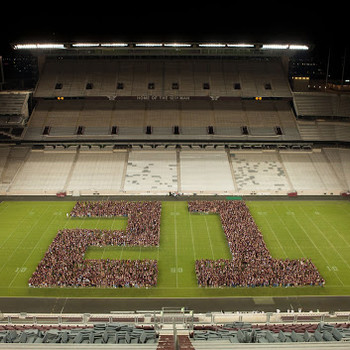Question #1c8be
1 Answer
Apr 28, 2015
Based on the Impulse-Momentum theorem
This tells us that force can be found if you know the change in momentum as well as the time of the collision.
Depending on which object the question asks that is applying the force, the direction may change, and so the sign of the force will also change. In this case, the ball is applying the force, and since the velocity of the ball is to the east (positive direction) the force is

